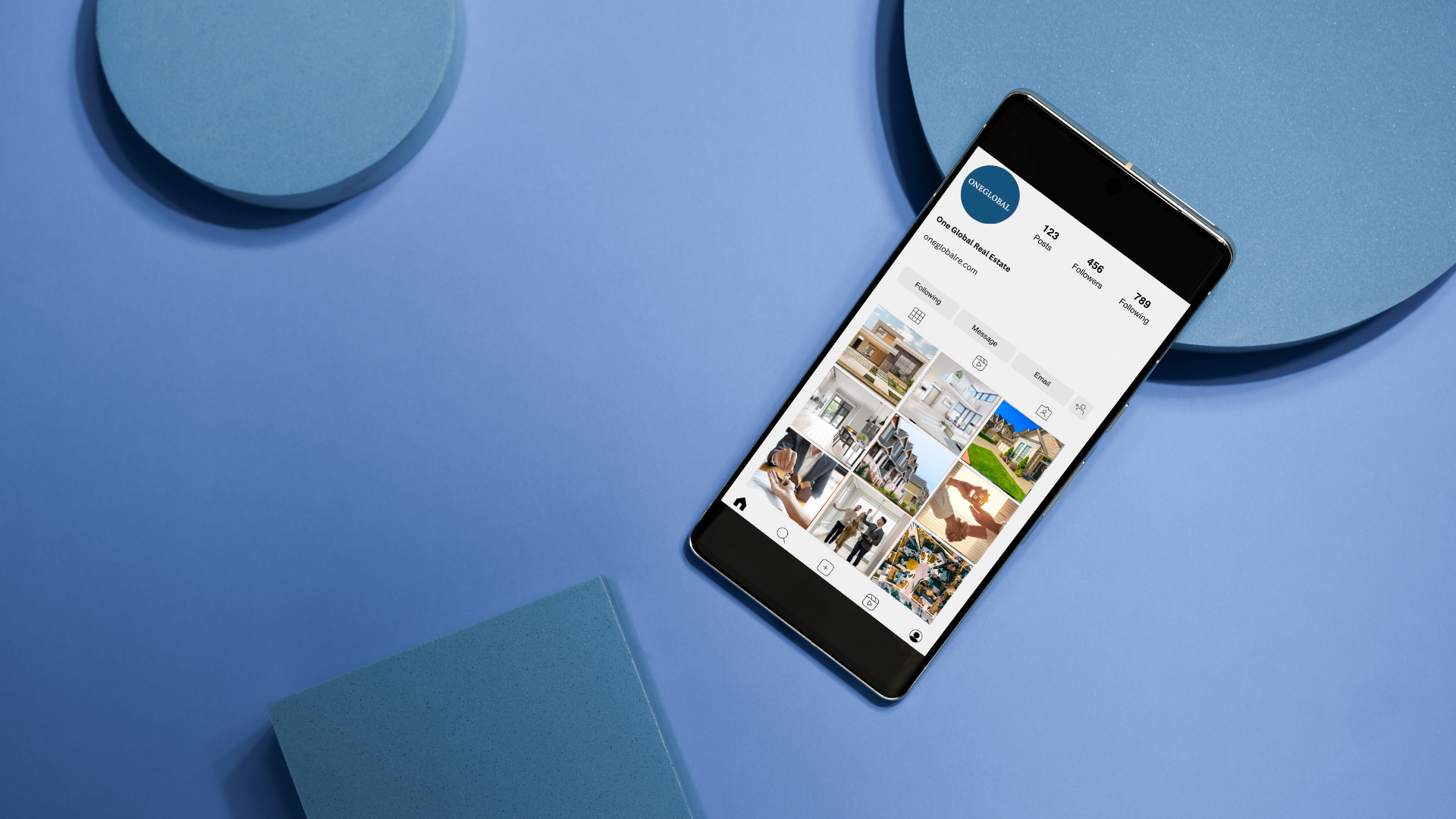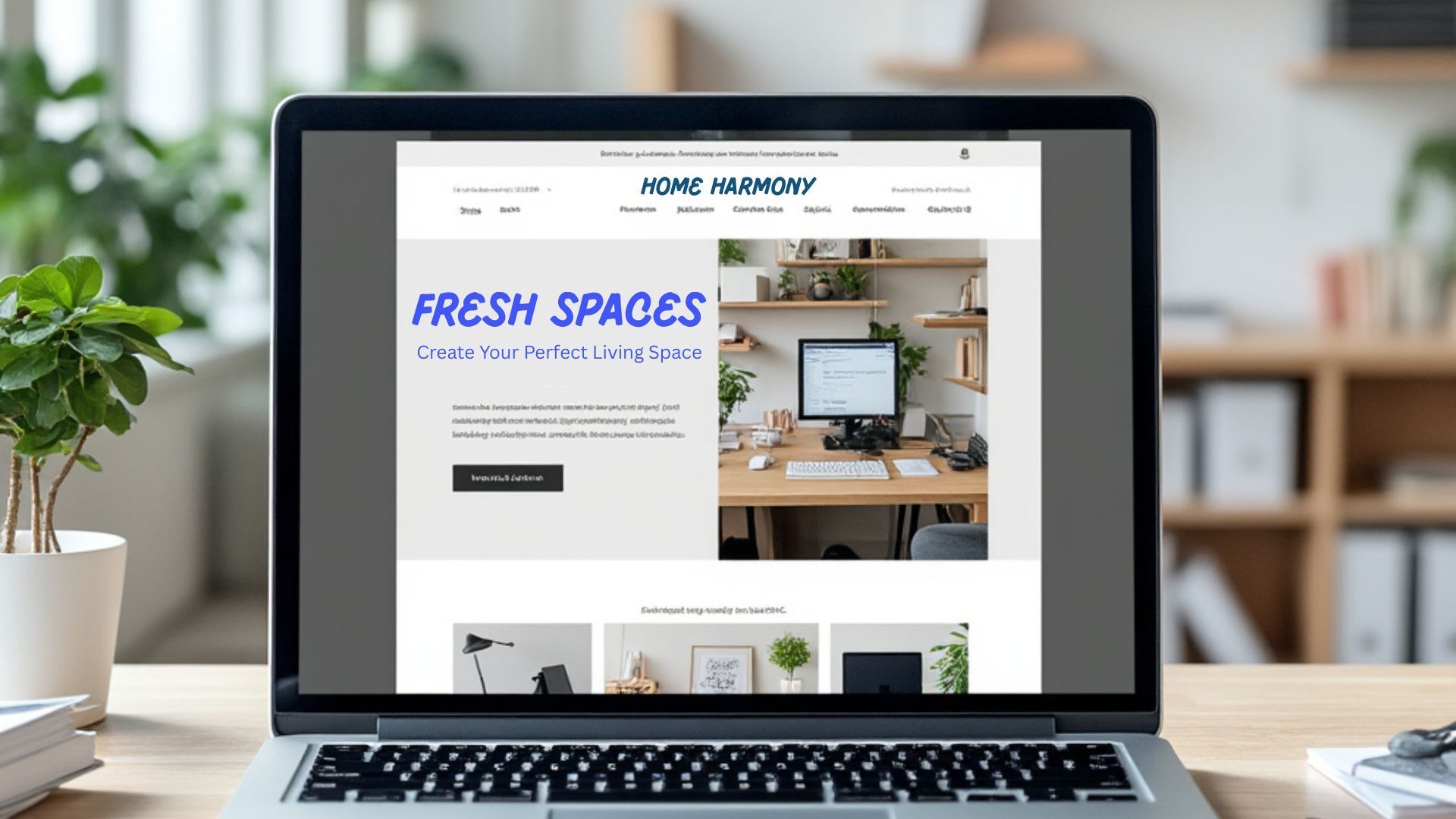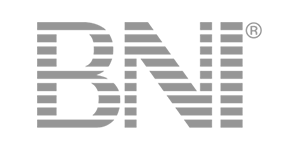Targeting Your Audience with Facebook Ads
Targeting Your Audience with Facebook Ads for Small Businesses
If you're a small business owner looking to grow your customer base, Facebook Ads are a powerful tool at your disposal. With over 2.8 billion active users, Facebook provides a massive audience to tap into. However, the key to success lies in targeting your ads effectively. In this guide, we'll walk you through the steps to create and target Facebook Ads that reach the right people and help your business flourish.
Why Targeting Matters
Imagine you're selling vegan cupcakes. You wouldn't want to waste your ad budget on people who don't care about vegan products, right? That's where Facebook's targeting options come in handy. By defining your audience, you can make sure your ads reach people who are most likely to be interested in what you're selling. This increases your chances of making a sale and helps you spend your advertising dollars more efficiently.
Step 1: Define Your Audience
The first step in targeting your audience is to define who they are. Start by thinking about your ideal customer. What are their interests? Where do they live? How old are they? For our vegan cupcake example, you might target people interested in veganism, healthy eating, or organic food. You can narrow it down further by location, age, and gender.
In Facebook Ads Manager, go to the "Audience" section. Here, you can create a new audience by filling out these details. Facebook allows you to choose demographics, interests, and behaviors. For instance, if you're targeting young adults interested in healthy lifestyles, you can select "Healthy Eating" under interests and specify the age range.
Step 2: Use Custom Audiences
Custom audiences are people who have interacted with your business somehow. They could be visitors to your website, email subscribers, or even existing customers. Creating a custom audience is a great way to re-engage people already familiar with your brand.
To create a custom audience, go to the "Create Audience" dropdown and select "Custom Audience." From there, you can upload your customer list, use website traffic, or even engage with your app. For example, if you have a list of email subscribers, you can upload that list to Facebook and create an audience based on those contacts.
Step 3: Lookalike Audiences
Ever wish you could find more customers like the ones you already have? That'sLookalike audiences are for that. Facebook finds people who are similar to your custom audience, making it easier to reach new potential customers.
To create a lookalike audience, go to the "Create Audience" dropdown and select "Lookalike Audience." Choose your source, such as your custom audience, and select the location and size of the audience. Facebook will then create a new audience that mirrors the characteristics of your original audience.
Step 4: Refine with Detailed Targeting
Now, let's refine our audience even more with detailed targeting. You can add more layers to your targeting, like specific interests, behaviors, or even life events. We might add interests like "organic food" or "healthy lifestyle " for our vegan cupcake business."
The more specific you get, the better your chances of reaching the right people. But remember, it's important not to get too narrow. You want to find a balance that reaches many people without being too broad or too specific.
Step 5: Test and Adjust
Finally, don't forget to test and adjust your targeting. Run your ads for a little while, then check the results. Facebook provides great insights so you can see what's working and what's not. If you're not getting the results you want, tweak your audience and try again.
Check the metrics like click-through rates, engagement, and conversions. Consider increasing your budget if you notice that a particular audience segment is performing well. Conversely, adjust your targeting criteria if an audience isn't performing as expected.
Ad Creative and Copy
While targeting is crucial, your ad's creative and copy are equally important. Make sure your ad is visually appealing and your message is clear. Use high-quality images or videos that grab attention. Your copy should be concise and compelling, highlighting the benefits of your product or service.
For example, a vegan cupcake ad might feature a mouth-watering image of the cupcakes with a caption like, "Indulge guilt-free with our delicious vegan cupcakes. Order now and get a special discount!" This combination of eye-catching visuals and persuasive copy can significantly boost your ad's effectiveness.
Monitor and Optimize
Facebook Ads aren't a set-it-and-forget-it tool. You need to monitor and optimize your campaigns continually. Use A/B testing to try different versions of your ads and see which performs better. Test images, headlines, and calls to action to find the most effective combination.
Additionally, monitor your budget and adjust it based on your ad's performance. If an ad is doing well, consider increasing its budget to maximize your reach. Conversely, if an ad isn't performing, reduce its budget and allocate those funds to a better-performing ad.
Conclusion
Targeting your audience with Facebook Ads doesn't have to be complicated. By defining your audience, using custom and lookalike audiences, refining your targeting, and continually testing and optimizing, you can create ads that reach the right people and help your business grow. Give it a try, and watch your customer base expand!
Remember, the key to success with Facebook Ads is understanding your audience and ensuring your ads are relevant. With the right approach, you can make the most of your advertising budget and see real results for your small business. Happy advertising!





